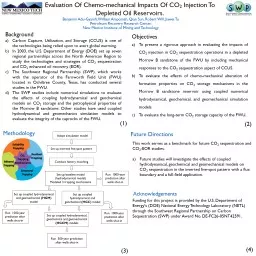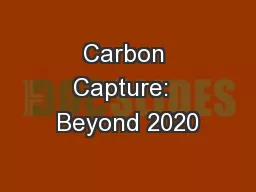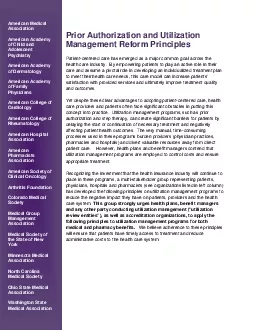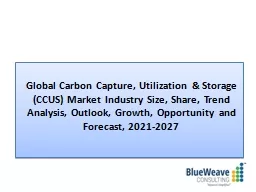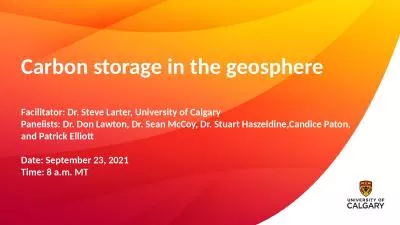PPT-Background Carbon Capture, Utilization, and Storage (CCUS) is one of the technologies
Author : cecilia | Published Date : 2022-02-16
In 2003 the US Department of Energy DOE set up seven regional partnerships across the North American Region to study the technologies and strategies of CO 2 sequestration
Presentation Embed Code
Download Presentation
Download Presentation The PPT/PDF document "Background Carbon Capture, Utilization, ..." is the property of its rightful owner. Permission is granted to download and print the materials on this website for personal, non-commercial use only, and to display it on your personal computer provided you do not modify the materials and that you retain all copyright notices contained in the materials. By downloading content from our website, you accept the terms of this agreement.
Background Carbon Capture, Utilization, and Storage (CCUS) is one of the technologies: Transcript
Download Rules Of Document
"Background Carbon Capture, Utilization, and Storage (CCUS) is one of the technologies"The content belongs to its owner. You may download and print it for personal use, without modification, and keep all copyright notices. By downloading, you agree to these terms.
Related Documents

